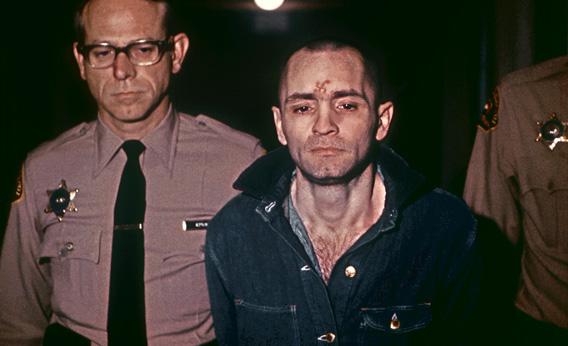Osama Bin Laden’s son-in-law has been captured in Jordan and will be flown to New York to face terrorism charges. Analysts say that Sulaiman abu Ghaith is a senior al-Qaida figure. Combining the genes of Osama Bin Laden with that of another accomplished terrorist sounds like it could be a terrifying prospect (Sulaiman abu Ghaith and Bin Laden’s daughter Fatima have one young child). Is there a genetic component to criminality?
Possibly. Psychiatric researchers have conducted scores of studies attempting to detect and quantify the influence of genetics on antisocial behavior. (Antisocial behavior usually encompasses criminality, personality disorders that involve disregard for others, and aggressiveness.) The results have varied widely, with some studies finding virtually no genetic component and others claiming that genetics account for more than 50 percent of the variability in antisocial behavior. The best estimates, which combine results from the most methodologically sound studies, put the genetic influence at between 30 and 40 percent of the variance in criminality among people. If that estimate is correct—and it may be badly off—being raised by a criminal mastermind is a better predictor of criminality than being sired by one.
Criminality clearly runs in families, even if it’s difficult to separate genetic and environmental factors. Study after study has shown that children born to criminal parents are significantly more likely to become criminals. A 2011 study examining 12.5 million Swedes over more than three decades found that those with a first-degree relative who was a criminal were 4.3 times more likely to commit violent crime than those born to a crime-free nuclear family. The effect was even more pronounced for specific crimes, with arson running particularly strongly in families. Other studies have shown that only 8 percent of families account for 43 percent of arrestees.
Studies on the genetic component of criminality or antisocial behavior use one of two methodologies. Twin studies compare the behavior of monozygotic twins, who share a genetic code, and dizygotic twins, who are no more genetically similar than ordinary siblings. If the identical twins behave more like each other than do the fraternal twins, the assumption is that their genetic similarity accounts for that difference. The twin study assumptions, however, are open to several critiques. The second type of criminality study focuses on adoptees, comparing adopted children with either their biological parents or biological siblings. This methodology also has its problems, though. Most obviously, adopted children generally commit crime at higher rates than the general population. Adding to the statistical uncertainty is the fact that twin and adoption studies tend to produce different estimates for the genetic component of criminality, suggesting that one or both of the study designs is flawed.
A review of history’s most notorious criminals provides some anecdotes on this question. Charles Manson’s mother and uncle were criminals. Al Capone was born to apparently law-abiding parents, although several Capone brothers participated in his criminal activities. Serial killer Jeffrey Dahmer’s immediate family does not include any violent criminals. The Kray brothers, a pair of identical twins who terrorized London in the 1950s and 1960s, had a number of relatives who liked to bare-knuckle box, and their father was a World War II draft dodger, but they appear to be the first violent criminals in the family. Many notorious criminals, such as David Berkowitz (aka Son of Sam) come from such confusing family trees that it’s difficult to determine how many criminals are in the family.
Got a question about today’s news? Ask the Explainer
